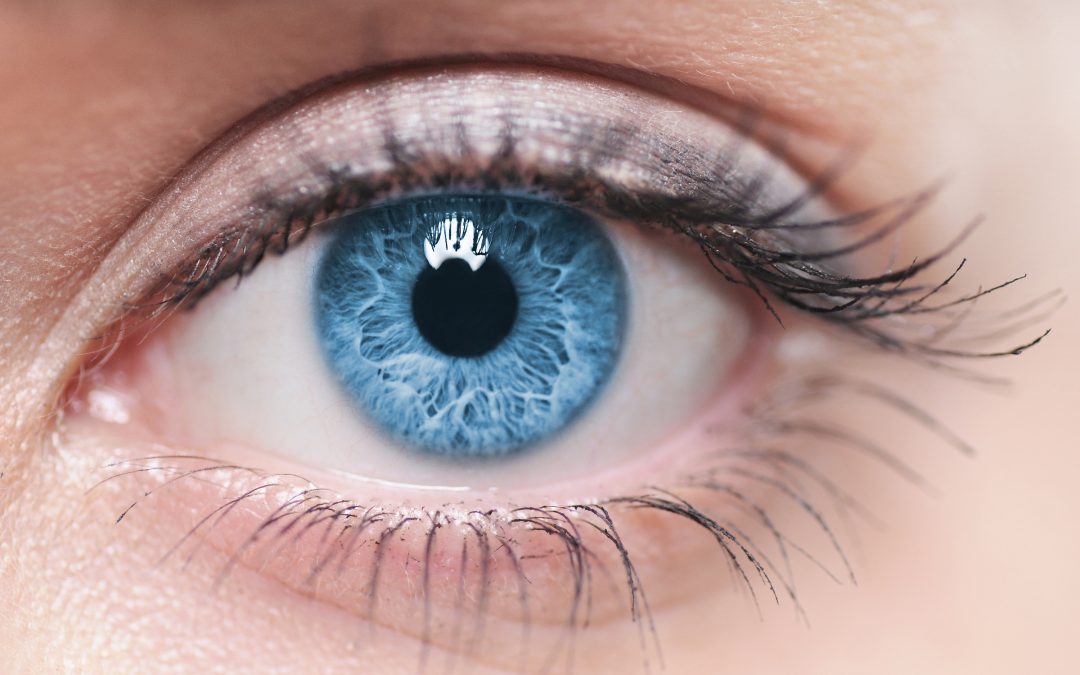Macular degeneration is the leading cause of vision loss, affecting more than 10 million Americans – more than glaucoma and cataracts combined – and is, at present, categorized as incurable. The affliction is caused by the deterioration of the central position of the retina, the inside back layer of the eye that records the images we see, and which then sends them along the optic nerve from the eye to the brain. What’s known as the macula, the retina’s central region, is responsible for focusing central vision in the eye, controlling our ability to drive a car, read, see objects in fine detail and recognize faces or colors.
To this end, the human eye can be compared to a camera – the macula represents the central and most sensitive area of the so-called film, and when working properly collects highly detailed images at the center of the vision field before sending them up the optic nerve to the brain for processing (our bodies interpret them as sight). When macula cells deteriorate, images are no longer received accurately; in early stages, this doesn’t necessarily have to affect vision, but as the disease progresses, wavy or blurred vision can be experienced. If the condition continues to worsen, central vision may be completely lost, with people suffering from very advanced macular degeneration considered legally blind. However, even with these unfortunate characteristics, these people often retain their peripheral vision (which is not as clearly defined as central vision) because the rest of retina is still functioning.
Types
There are two basic types of macular degeneration: “Dry” and “wet.” Approximately 90-percent of cases are of the “dry” (atrophic) variety, while 10 to 15-percent are of the “wet” (exudative) type. In young people, a form of macular degeneration known as Stargardt disease is caused by a recessive gene.
Stages
There are three stages of age-related macular degeneration (AMD):
• Early AMD – In the early stage of AMD, most people do not experience vision loss, making regular eye exams ultra-important – particularly if the individual is experiencing more than one risk factor (which we will discuss in a moment). Early AMD is diagnosed when the presence of medium-sized drusen (yellow deposits below the retina) are detected.
• Intermediate AMD – There may be some vision loss at this stage, yet with no noticeable symptoms; a comprehensive eye exam with specific tests will look for larger drusen and/or pigment changes in the retina.
• Late AMD – Loss of vision has become noticeable and alarming at this stage.
Causes
Unfortunately, it’s not conclusively known what the specific factors are that cause macular degeneration, and making matters worse has been a lack of sufficient funding to continue research into this sometimes misunderstood disease. What is known about age-related variants, at this point, is that the causes are complex but include both heredity and environment; scientists continue to work on understanding what causes the cells of the macula to deteriorate to one day report on a treatment breakthrough.
Rowan Eye Center Fun Fact: Dr. Carl Kupfer, former Director of the National Eye Institute, National Institutes of Health, has stated that macular degeneration will soon take on characteristics of an epidemic as the “Baby Boomer” generation ages; as he says himself, “As the ‘Baby Boom’ generation ages, and in the absence of further prevention and treatment advances, the prevalence of AMD is estimated to reach epidemic proportions of 6.3 million Americans by the year 2030.”
Risk Factors
Age is by far the most significant risk factor with regard to macular degeneration; your risk increases as you age, and the disease is most likely to occur in those 55 and older.
Other risk factors include:
• Genetics (those with a family history of AMD pose a higher risk)
• Race (Caucasians are more likely to develop the disease than Hispanics/Latinos or African-Americans)
• Smoking (this doubles the risk of AMD)
Treatment
Though there is currently no known cure for macular degeneration, there are steps that can be taken to reduce your risk and possibly retard the progression once you’ve been diagnosed. Good examples of these steps include pursuing lifestyle changes such as dieting, exercise, avoiding smoking and protecting your eyes from ultraviolet light.
If you have been putting off a routine eye exam, or have been experiencing out-of-the-ordinary symptoms based on your age, don’t hesitate to make an appointment with Rowan Eye Center today.

